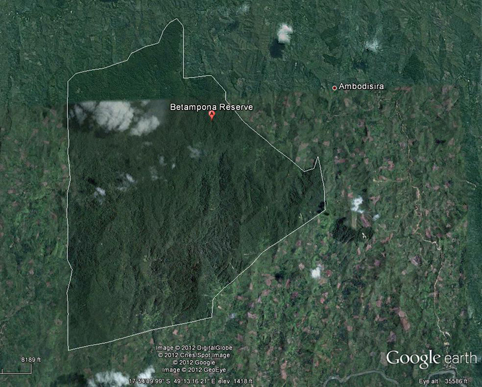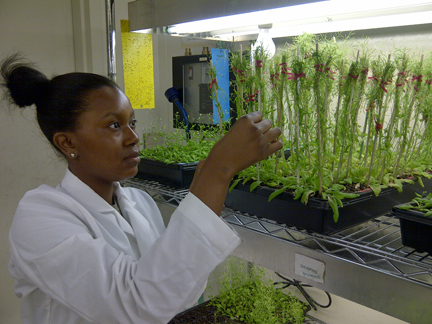By Pranali Dalvi
The 8th annual Science under the Stars, held in the lower lobby of the French Family Science Center, brought together several Duke departments, research groups, and organizations. Kids of all ages were busy participating in hands-on science activities.
Lab administrator Dr. Diane Hendricks had a station to illuminate the bioluminescent properties of Pyrocystis fusiformis, a marine dinoflagellate. Dinoflagellates bioluminesce when their cell wall is exposed to sheer stress, which triggers the light response. When asked why dinoflagellates glow, some kids hypothesized that dinoflagellates glow to look larger and more threatening so they can ward off predators. Scientists mistakenly thought so for a while, too. However, scientists now favor the burglar alarm hypothesis, based on the idea that the enemy of my enemy is my friend.
“Rather than trying to scare away the predators, they are actually attracting the predators of their predators,” Dr. Hendricks explained. Because the color blue is most easily seen in the ocean, many sea creatures bioluminesce blue. As a memento of Dr. Hendricks’s demo, kids were able to take home glowsticks of various colors!
The physics department showed students how to make Oobleck. Oobleck is a mixture of 2 parts corn starch and 1 part water. It displays shear thickening behavior, meaning that its viscosity – or resistance to flow – increases with shear rate. When the shear rate is low, the corn starch grains can easily move past one another and oobleck flows easily. However, under high shear stress, the corn starch grains pack tightly together and prevent the flow of grains past one another.
Oobleck is an example of a non-Newtonian fluid. Non-Newtonian fluids are those whose resistance to flow changes according to the force that is applied to the fluid. One application of non-Newtonian fluids is in the soles of running shoes. The sheer thickening fluid hardens in response to the forces exerted during running or walking.
A favorite stop for the kids was CSI Durham presented by the Department of Evolutionary Anthropology and Anatomy. Students were required to perform cranial, pelvic, and femoral assessments to identify who the “missing victim” was. The skull and pelvis have distinct features in males versus females, and the femoral head and length diameter predict stature pretty accurately.
The event was sponsored by the Chemistry Department and organized by Dr. Kenneth Lyle.


















